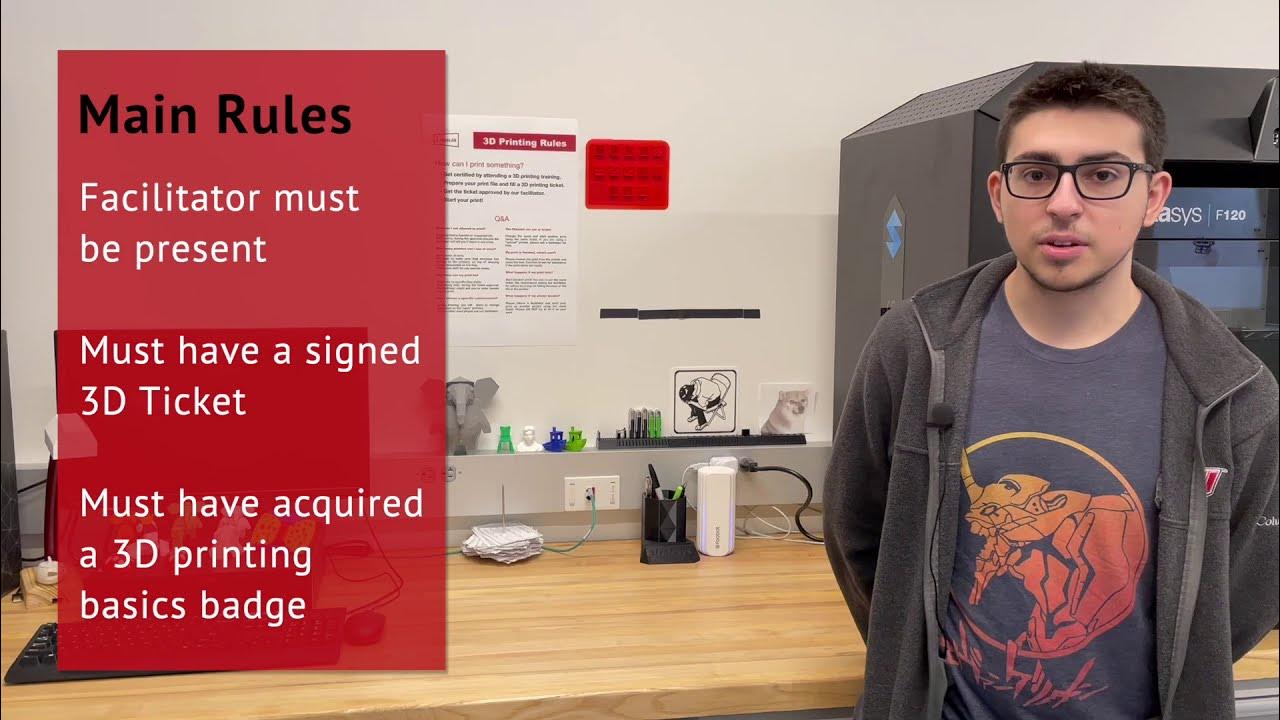How Concrete Homes Are Built With A 3D Printer | Insider Art
Summary
TLDRAiman Hussein, director of 3D printing at Alquist, discusses the innovative approach of using large-scale 3D printers to construct affordable homes in underserved communities. The process involves creating detailed CAD designs, layering materials to form durable walls, and integrating essential utilities. Hussein emphasizes the technology's efficiency and cost-effectiveness while addressing concerns about job displacement by highlighting their commitment to hiring and training local crews. The initiative aims to develop a skilled workforce in this emerging industry, showcasing 3D printing as a solution to housing shortages rather than a threat to jobs.
Takeaways
- 🏠 Alquist focuses on 3D printing affordable homes for communities, particularly in rural areas.
- 🔧 The construction process utilizes large-scale 3D printers, which work on a slab or ribbon footing.
- 🖥️ A CAD file is created to control the printer's movements and material flow during the printing process.
- 📏 Each house consists of around 150 layers, with each layer approximately three-quarters of an inch thick.
- ⏱️ The time to print each layer ranges from 5 to 10 minutes, with a waiting period before adding weight-bearing structures.
- 🔩 Steel lintels are added above door and window openings to provide support during construction.
- 🌡️ 3D-printed homes are thermally broken, which helps to reduce utility costs for homeowners.
- 🤝 Alquist is committed to hiring locally and training community members to operate the 3D printers.
- 🎓 The company collaborates with universities to develop job training programs for the emerging industry.
- ⚠️ Aiman Hussein addresses concerns about job loss due to automation, stating that the technology aims to alleviate job shortages.
Q & A
What is the primary focus of Alquist?
-Alquist focuses on printing affordable homes in the community, specifically in rural and underserved areas.
What size range do the homes printed by Alquist typically fall into?
-The homes typically range from 1,300 to 1,500 square feet for single-family dwellings.
What equipment is used in the 3D printing process at Alquist?
-Alquist uses large-scale construction 3D printers, a control panel for monitoring print settings, a silo for dry material, and a mixing and pumping system for concrete.
How does the printing process begin?
-The process begins with creating a CAD file that specifies the printer's movements, speed, and the amount of material to be dispensed.
How many layers are typically involved in printing a house, and what is the thickness of each layer?
-Each house consists of around 150 layers, with each layer approximately three-quarters of an inch thick, resulting in a standard 9-foot wall.
What measures are taken to ensure structural integrity during the printing process?
-After each layer is added, there is a waiting period of about five to ten minutes before adding another layer, and a two-week period before applying any large load-bearing structures, like a roof.
What types of nozzles are used in the printing process, and how do they affect the design?
-Nozzles can be squared-off for a flat aesthetic or round for a bead-like appearance, affecting the wall's aesthetic finish while maintaining structural properties.
How does Alquist address concerns about job displacement due to automation?
-Alquist is committed to hiring locally and training residents to operate the machines, aiming to create jobs rather than replace them.
What initiatives are in place to support workforce development in this new industry?
-Alquist is working with universities to create job force development programs to train individuals on the new 3D printing systems.
What advantages do 3D-printed homes offer compared to traditional construction methods?
-3D-printed homes allow for quicker construction, lower costs, and enhanced durability over time, with thermal properties that reduce utility costs.
Outlines

Cette section est réservée aux utilisateurs payants. Améliorez votre compte pour accéder à cette section.
Améliorer maintenantMindmap

Cette section est réservée aux utilisateurs payants. Améliorez votre compte pour accéder à cette section.
Améliorer maintenantKeywords

Cette section est réservée aux utilisateurs payants. Améliorez votre compte pour accéder à cette section.
Améliorer maintenantHighlights

Cette section est réservée aux utilisateurs payants. Améliorez votre compte pour accéder à cette section.
Améliorer maintenantTranscripts

Cette section est réservée aux utilisateurs payants. Améliorez votre compte pour accéder à cette section.
Améliorer maintenantVoir Plus de Vidéos Connexes
5.0 / 5 (0 votes)






